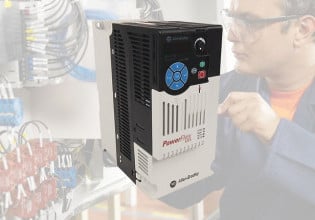M
This issue pertains to establishing the feasibility of using an autosychroniser to reverse synchronise two GTG's (Frame-5, site rated for 19MWe electrical) with a running load of about 15MW to a grid. We are building a new co-generation power plant involving 2 nos frame-5 Gas Turbines with Mark-Vi controller complete with auto synchroniser.
The normal operation is to operate the two units in parallel at 33kV using a GSU Transformer. The two units would be snychronised either in auto mode or manual mode. One additional requirement is to sychronise these two units in parallel feeding a load of about 15MW with the grid automatically, after a grid islanding situation and grid needs to be restored, normally with little power export.
When the GTG manufactrer was approached, it was informed that the auto synhronsing through the Mark-Vi when the units already in parallel with the grid is not possible. So the question is as follows:
a) Can a seperate auto synchroniser be used for reverse sycnhronising?
b) What should be the prefered mode of operation of the running GTG's (Base Load, Part Load, Pre set Load) Isochronous or Droop.
c) What precautions need to be taken to prevent system out of step operation (GTG's tripping due to large power swings)
The normal operation is to operate the two units in parallel at 33kV using a GSU Transformer. The two units would be snychronised either in auto mode or manual mode. One additional requirement is to sychronise these two units in parallel feeding a load of about 15MW with the grid automatically, after a grid islanding situation and grid needs to be restored, normally with little power export.
When the GTG manufactrer was approached, it was informed that the auto synhronsing through the Mark-Vi when the units already in parallel with the grid is not possible. So the question is as follows:
a) Can a seperate auto synchroniser be used for reverse sycnhronising?
b) What should be the prefered mode of operation of the running GTG's (Base Load, Part Load, Pre set Load) Isochronous or Droop.
c) What precautions need to be taken to prevent system out of step operation (GTG's tripping due to large power swings)






